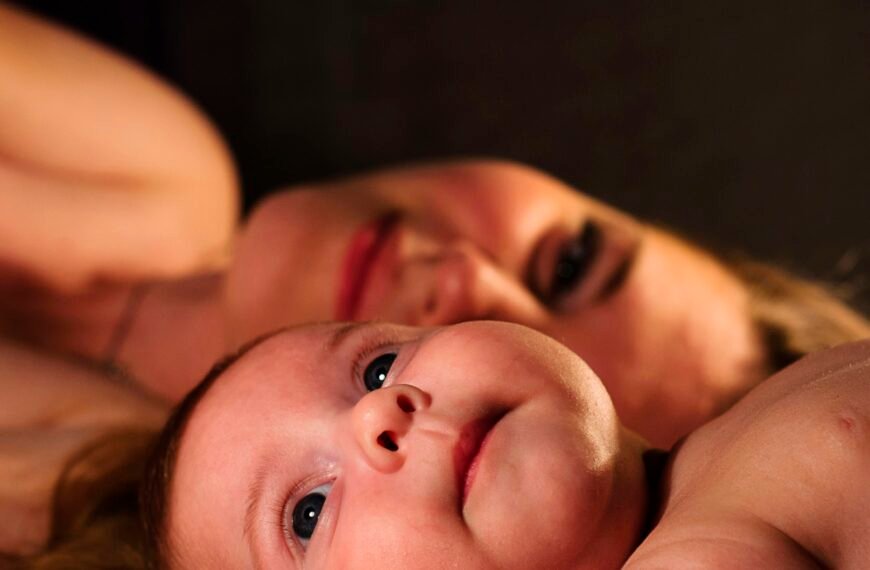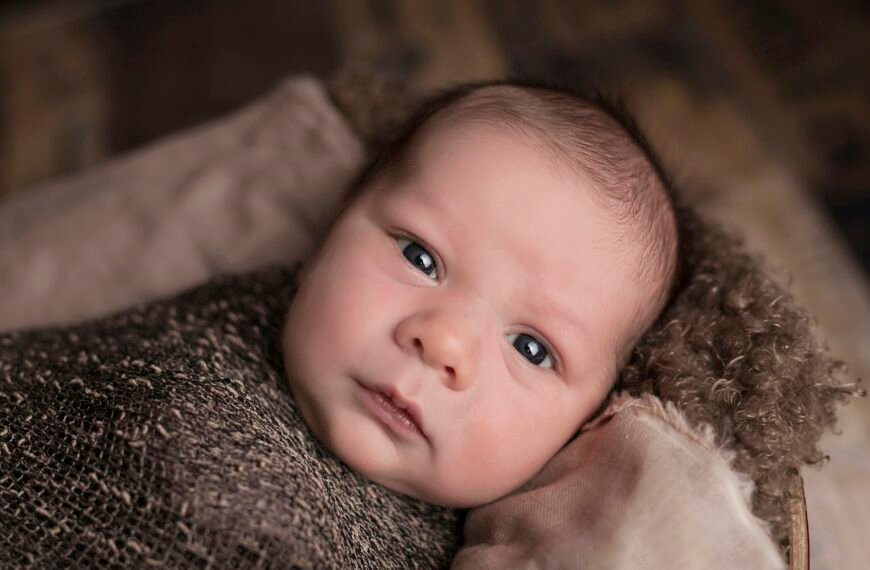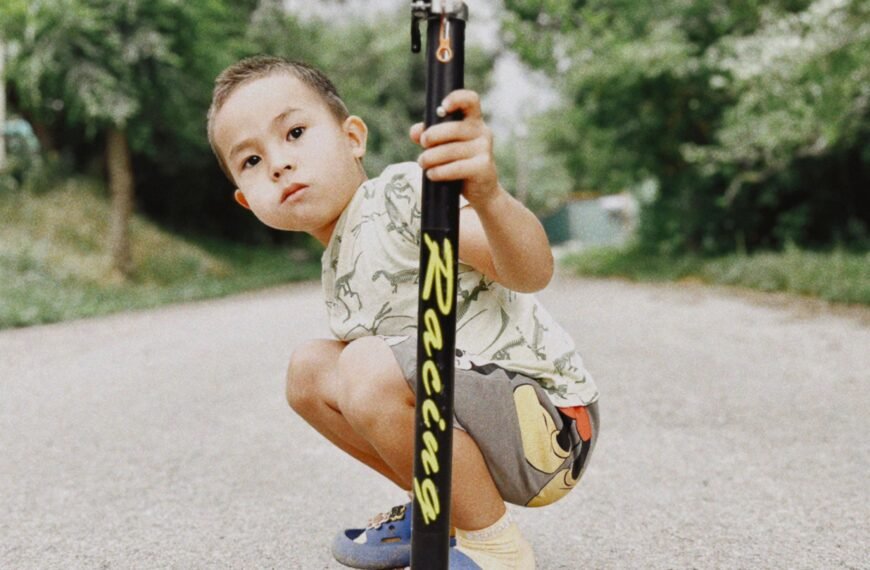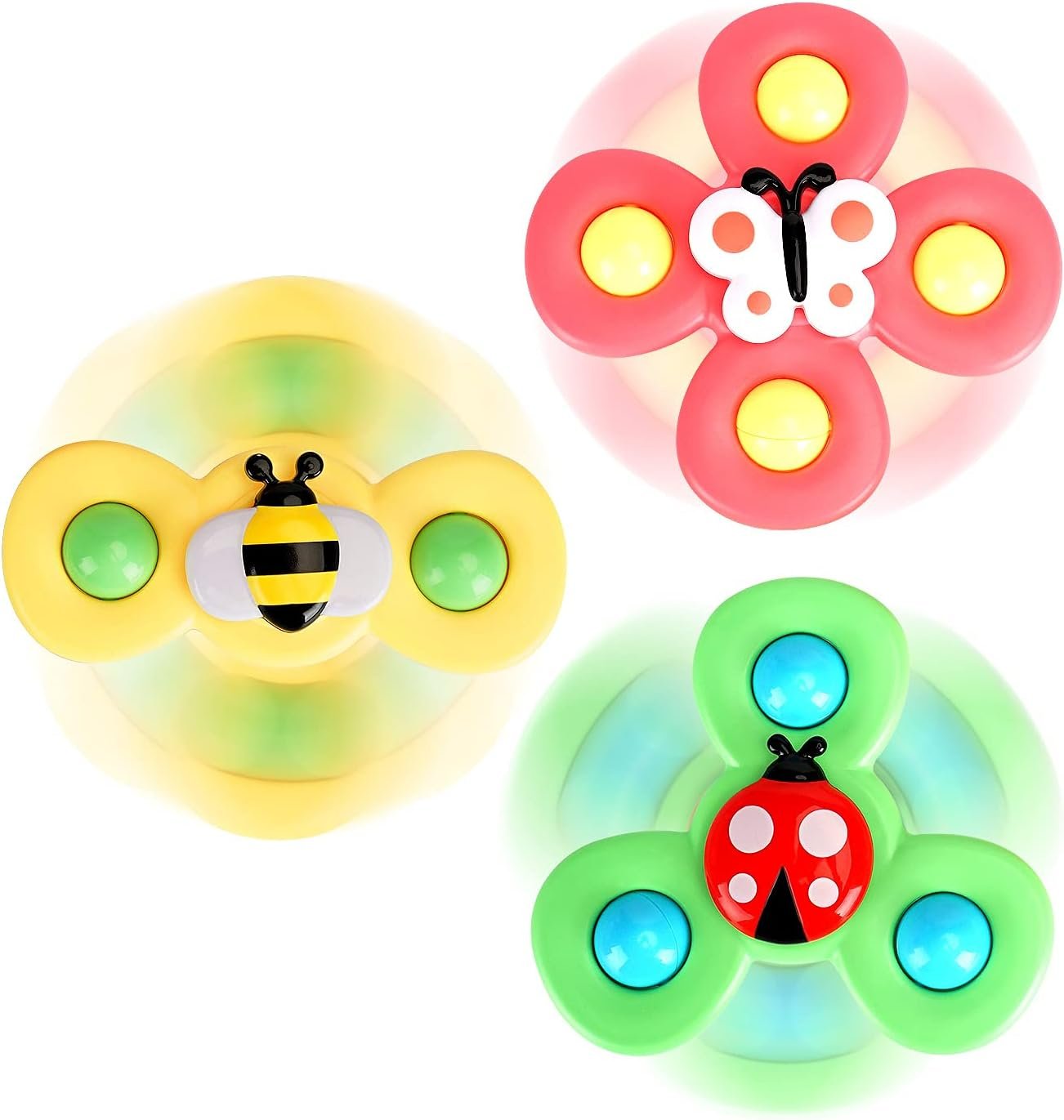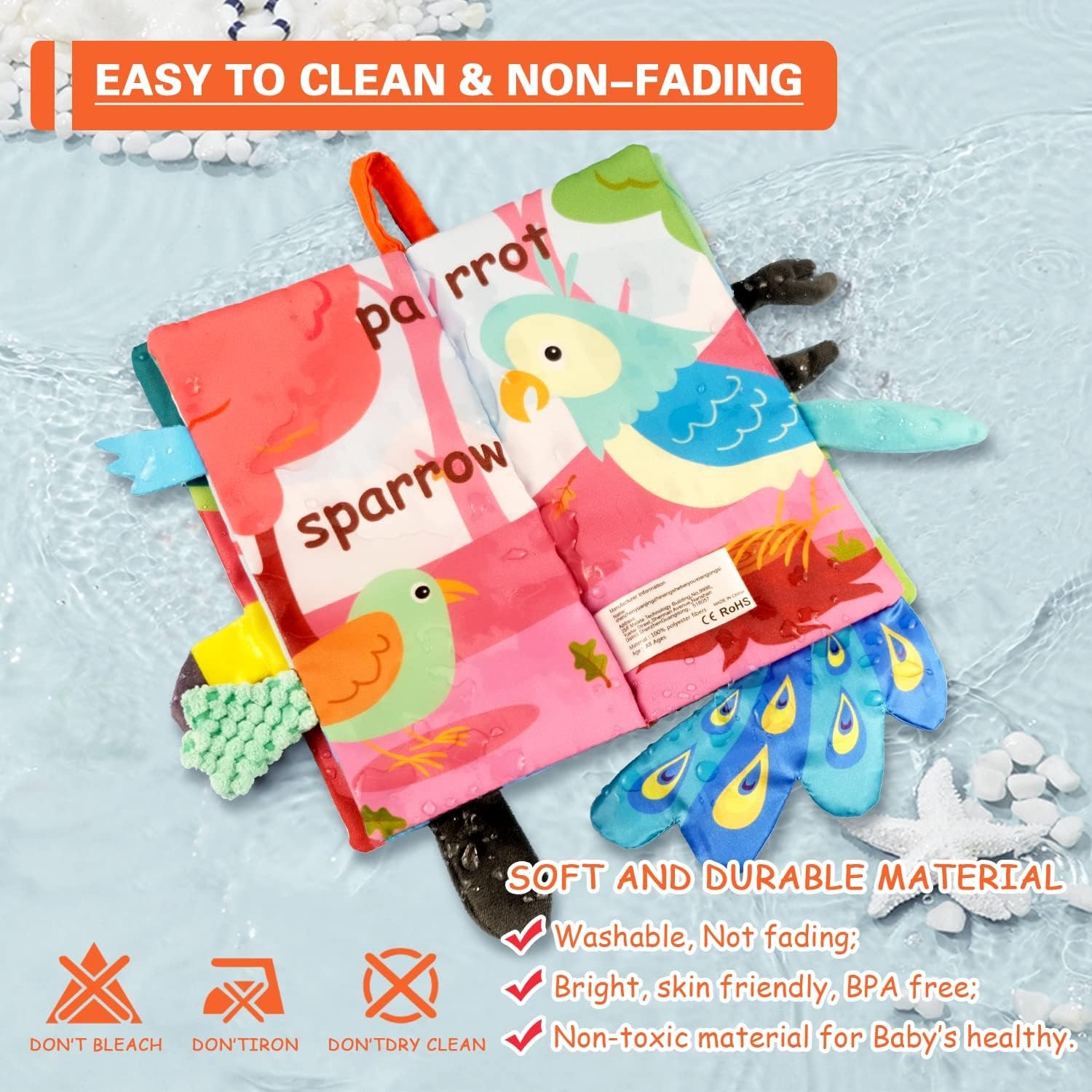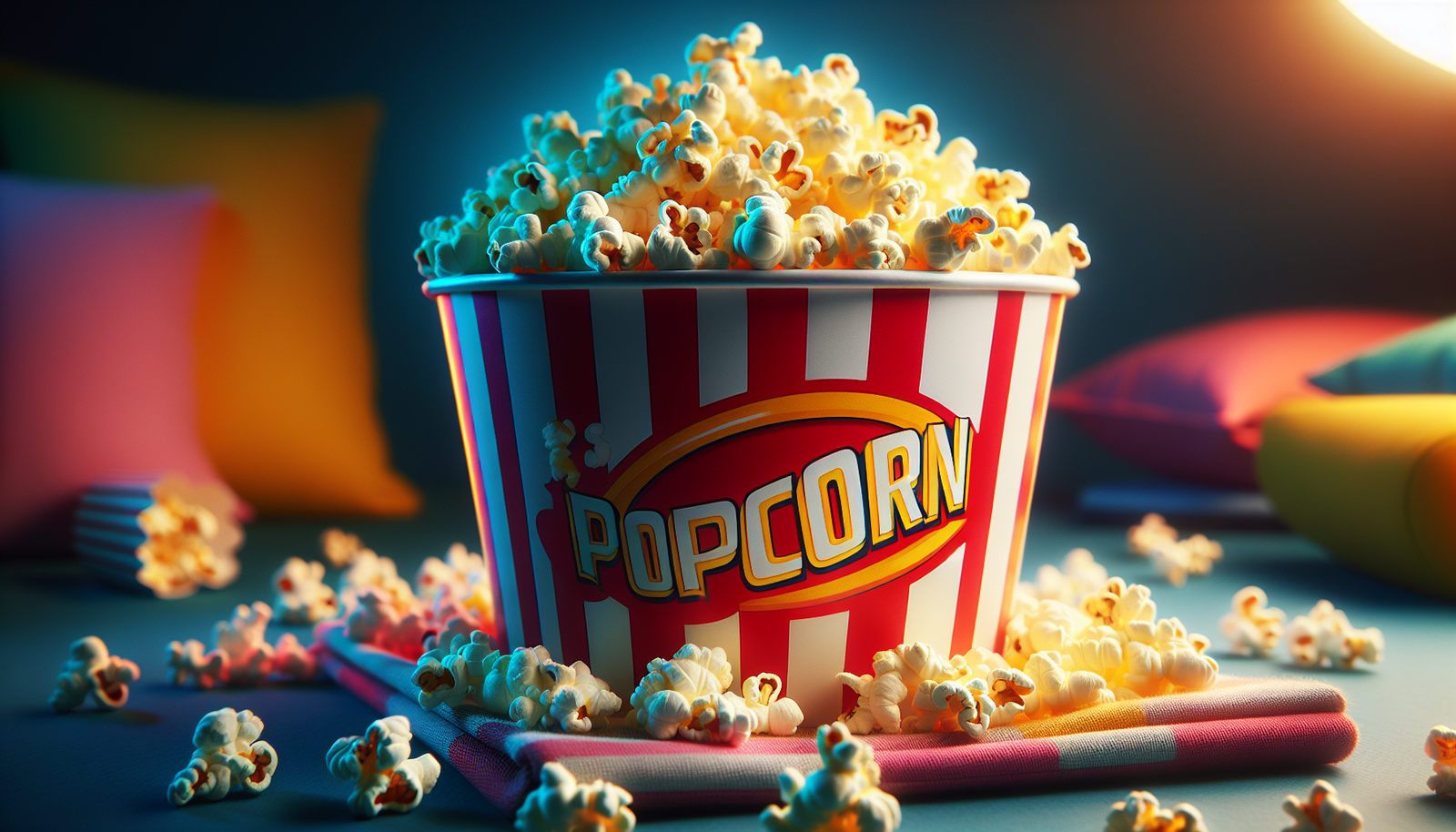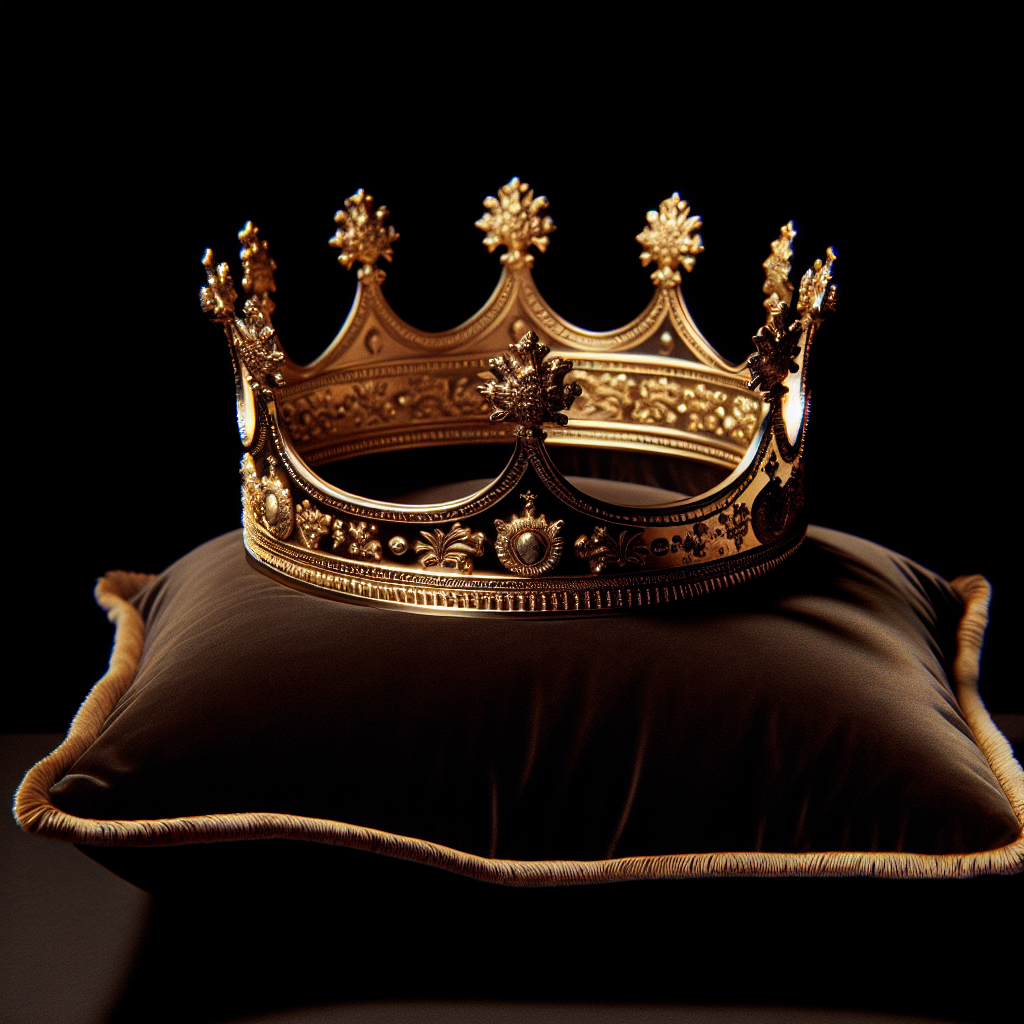Imagine the sheer delight on your little one’s face as they dive into a world of wonder, exploring the endless possibilities that toys bring. It’s a joyous experience watching your baby play with toys, witnessing their curiosity and imagination coming to life. From colorful blocks to cuddly plush animals, each playtime moment becomes an opportunity for growth and development. Whether it’s fostering motor skills, stimulating cognitive abilities, or simply providing endless entertainment, toys hold a special place in your baby’s heart, creating cherished memories and laying the foundation for a lifetime of learning.
Check Baby Toys Guide & Review
1. Choosing age-appropriate toys
When it comes to choosing toys for your baby, it’s important to consider their age and developmental stage. Selecting age-appropriate toys not only ensures their safety but also helps in their overall growth and learning.
Selecting toys suitable for your baby’s age
Babies go through rapid development in their first year, so it’s crucial to choose toys that align with their age. For newborns up to three months, toys with high contrast colors and simple designs are ideal. As they grow older, you can introduce toys with more textures, sounds, and interactive features.
Considering their developmental stage
Every baby develops at their own pace, and it’s important to choose toys that match their individual milestones. For example, if your baby is starting to grasp objects, toys with different shapes and sizes that encourage grasping and hand-eye coordination would be suitable. Understanding their current developmental stage will help you select toys that can aid their progress.
Checking for safety precautions
Your baby’s safety should be the utmost priority when choosing toys. Look out for age recommendations on the packaging and ensure that the toys are free from small parts that can be a choking hazard. It’s also essential to check for any sharp edges or loose parts that could potentially harm your little one.
2. Benefits of playing with toys for babies
Playing with toys is not just about having fun; it also offers numerous benefits for your baby’s development. Let’s take a look at some of the key advantages.
Enhances cognitive development
Toys play a crucial role in stimulating your baby’s brain and fostering cognitive development. From puzzles that encourage problem-solving skills to shape sorters that promote logical thinking, age-appropriate toys can help your baby develop essential cognitive abilities and enhance their overall learning potential.
Improves fine and gross motor skills
Playing with toys helps in the development of both fine and gross motor skills. Whether it’s holding onto a rattle or using their fingers to manipulate a toy, babies strengthen their hand muscles and coordination. Toys that encourage crawling or walking also aid in the development of gross motor skills and help your little one become more physically active.
Promotes social and emotional development
Toys provide opportunities for social interaction and emotional development. Playing with others helps your baby learn valuable social skills such as sharing, taking turns, and cooperation. Additionally, dolls and stuffed animals can become companions for your baby, fostering emotional connections and encouraging empathy and nurturing behavior.
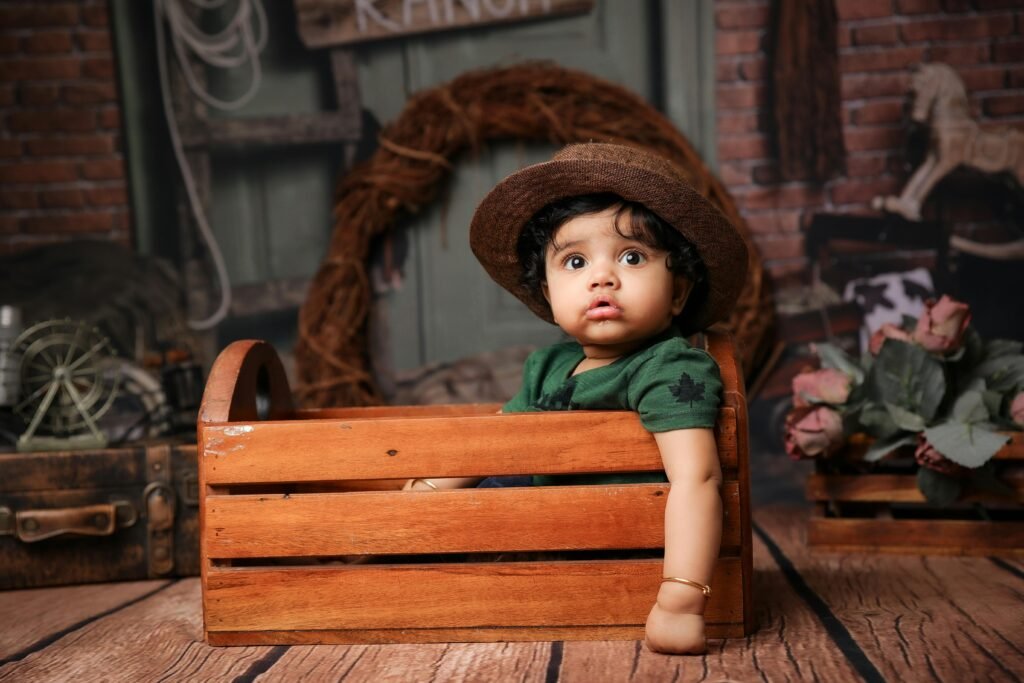
3. Popular types of toys for babies
Now that we understand the importance of toys, let’s explore some of the most popular types of toys for babies.
Soft toys and stuffed animals
Soft toys and stuffed animals are a staple in any baby’s toy collection. They provide a sense of comfort and security while also promoting imaginative play. Whether it’s a cuddly teddy bear or a plush puppy, these toys often become beloved companions for your little one.
Rattles and teethers
Rattles and teethers are great toys for babies who are experiencing the discomfort of teething. The rattling sound captures their attention and helps develop their auditory senses. Additionally, teethers provide relief for sore gums, making them a practical and soothing toy.
Activity gyms and play mats
Activity gyms and play mats offer a multi-sensory experience for your baby. These toys often come with detachable hanging toys, mirrors, and different textures, allowing your baby to explore and engage with their surroundings. The soft and comfortable surface also provides them with a safe space to play and develop their motor skills.
4. DIY toys for babies
If you’re looking for a more hands-on approach to providing toys for your baby, there are plenty of DIY options that are both fun and budget-friendly.
Sensory bottles and bags
Sensory bottles and bags are easy to make and provide a stimulating experience for your baby. Fill a clear bottle or plastic bag with various materials like colored water, glitter, or small objects, and let your baby explore the visual and tactile sensations. These homemade toys encourage sensory exploration and can provide hours of entertainment.
Fabric or felt quiet books
Fabric or felt quiet books are not only entertaining but also help develop fine motor skills and cognitive abilities. Create a book with different textures, shapes, and activities that can be manipulated by your baby. These quiet books are perfect for car rides or quiet playtime and can be customized to match your baby’s interests or favorite characters.
Homemade rattles
Transform everyday household items into personalized rattles for your baby. Fill a plastic bottle with rice or beans and secure the cap tightly. Decorate the bottle with colorful tape or stickers to make it visually appealing. Homemade rattles provide a unique sensory experience and can be customized to your baby’s preferences.

5. Safe and hygienic toy storage
Proper toy storage is essential to maintain a safe and hygienic environment for your baby. Here are some tips to keep in mind.
Choosing appropriate storage options
Select storage options that are practical and safe for your baby. Avoid toy chests with heavy lids to prevent accidents. Opt for open shelves or toy organizers with clear compartments, making it easy to see and access toys. It’s also a good idea to designate specific areas for different types of toys, promoting organization and ease of use.
Cleaning and disinfecting toys regularly
Toys easily accumulate dirt and germs, so it’s important to clean and disinfect them regularly. Follow the manufacturer’s instructions for cleaning each toy, paying attention to any specific cleaning recommendations. Some toys can be hand-washed, while others can be cleaned in the dishwasher or washing machine. Remember to disinfect toys that your baby regularly puts in their mouth, such as teethers, pacifiers, and rattles.
Keeping small parts out of reach
Small parts or toys with detachable pieces can pose a choking hazard, so it’s crucial to keep them out of your baby’s reach. Ensure that older children’s toys with small parts are stored separately. Regularly inspect toys for any loose or broken parts and discard or repair them accordingly. By taking these precautions, you can create a safe and secure environment for your baby to play.
6. Encouraging imaginative play
Imaginative play is a vital aspect of your baby’s development. Here are some ways you can encourage and foster their imagination through toys.
Providing props and pretend play toys
Offer toys that allow your baby to engage in imaginative play. Dress-up clothes, play kitchen sets, and dollhouses provide endless opportunities for your little one to create imaginative scenarios and explore different roles. By providing props and pretend play toys, you can spark their creativity and help them develop important cognitive and social skills.
Creating imaginative scenarios
Immerse your baby in imaginative play by creating scenarios and narratives. For example, pretend to have a tea party with their stuffed animals or set up a construction site with toy vehicles and building blocks. Engage with your baby during playtime, mimicking different voices and actions to make the scenarios come to life. This interaction not only enhances their imaginative play but also strengthens your bond with your baby.
Playing along with the baby
Join in the fun and play alongside your baby. Be a part of their imaginative world by taking on roles and resolving conflicts within the play scenarios. This interactive playtime not only promotes their imagination but also demonstrates the importance of cooperation and problem-solving. By being an active participant, you can create lasting memories and deepen your connection with your baby.
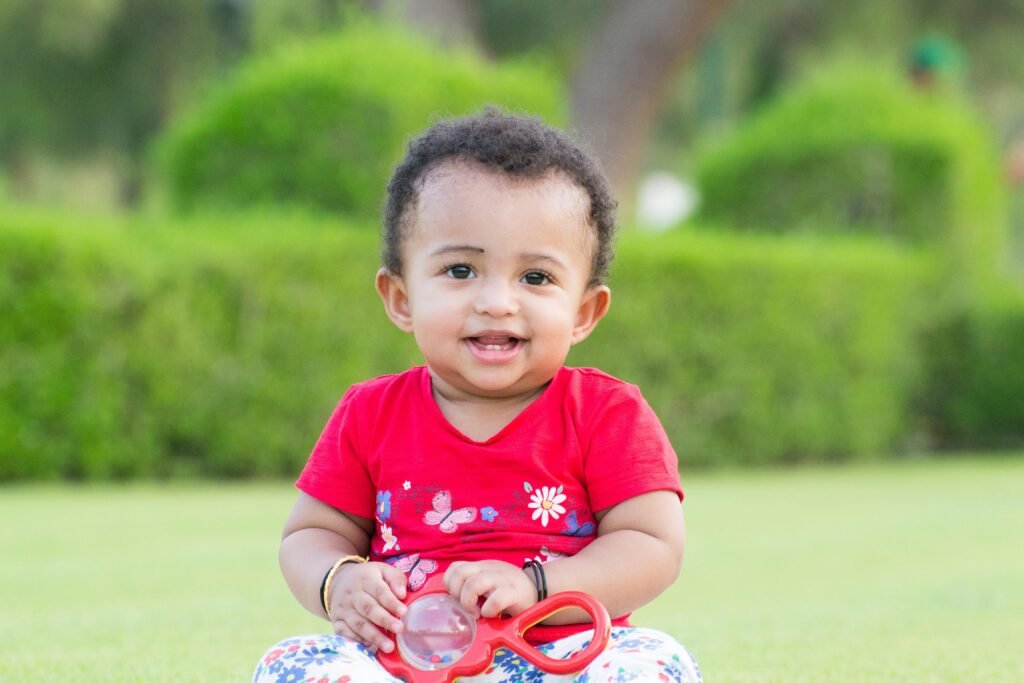
7. Toys for sensory stimulation
Sensory stimulation plays a crucial role in your baby’s development. Here are some types of toys that can provide sensory experiences.
Colorful and contrasting toys
Babies are naturally attracted to bright and contrasting colors. Toys with vibrant hues and patterns can capture their attention and stimulate their visual senses. Look for toys that have a variety of colors, shapes, and textures to engage your baby’s developing eyesight.
Musical and sound-making toys
Toys that produce sounds and music can provide auditory stimulation for your baby. Rattles, musical mobiles, and toy instruments allow them to explore different sounds and rhythms. This not only develops their auditory senses but also introduces them to the world of music and rhythm.
Textured toys for tactile exploration
Toys with various textures offer tactile exploration and sensory feedback. From soft plush toys to textured balls, these toys provide opportunities for your baby to touch and feel different textures. This sensory input helps in developing their tactile senses and promotes cognitive and motor skills.
8. Toys that promote language development
Language development is a crucial aspect of your baby’s growth. Certain toys can encourage the development of language skills. Here are some examples.
Books with various textures and sounds
Interactive books that incorporate different textures and sounds can greatly enhance your baby’s language development. These books often have touch-and-feel elements, buttons that produce sounds, or simple stories that encourage early language skills. Reading these books aloud to your baby not only exposes them to new words and concepts but also strengthens your bond through shared reading experiences.
Interactive and talking toys
Toys that interact and talk back to your baby can engage their attention and encourage language development. From talking stuffed animals to interactive learning toys, these toys often prompt your baby to respond or repeat words and phrases, helping them develop their vocabulary and communication skills.
Picture cards and flashcards
Picture cards and flashcards are excellent tools for language development. Show your baby simple and colorful cards with images of common objects, animals, or shapes. Point to each picture and name them aloud, allowing your baby to associate words with visual representation. This activity fosters language skills and expands their vocabulary.
9. Ensuring toy safety
Safety should always be a top priority when it comes to your baby’s toys. Here are some essential tips to ensure your baby’s toys are safe.
Checking for small parts and choking hazards
Thoroughly inspect toys for any small parts or detachable pieces that could pose a choking hazard. Make sure that all parts are securely attached and cannot be easily pulled off. Additionally, check for any sharp edges or loose screws that could potentially harm your baby. Always follow age recommendations and avoid giving your baby toys that are intended for older children.
Avoiding toxic materials and chemicals
Be mindful of the materials used in the toys you choose for your baby. Opt for toys that are made from safe and non-toxic materials. Avoid toys that contain harmful chemicals such as lead or phthalates. Look for toys that meet safety standards and certifications to ensure your baby’s well-being.
Regularly inspecting toys for damage
Toys can undergo wear and tear over time, so it’s important to regularly inspect them for any damage. Check for any signs of excessive wear, frayed edges, or broken parts. Dispose of damaged toys immediately to prevent any potential hazards. Regularly inspecting your baby’s toys ensures that they continue to be safe and suitable for play.
10. Rotating and introducing new toys
To keep your baby engaged and prevent boredom, it’s beneficial to rotate and introduce new toys regularly. Here’s why it’s important and how you can do it effectively.
Preventing boredom and encouraging exploration
Babies can quickly become bored with the same toys. Introducing new toys or rotating their existing collection keeps their playtime exciting and encourages exploration. By providing a variety of toys, you stimulate different senses and promote their overall development.
Introducing age-appropriate toys at different stages
Each stage of your baby’s development introduces new skills and abilities. Introduce toys that align with their current developmental milestones. For example, as your baby becomes more mobile, toys that encourage crawling or walking can aid in their motor development. By adjusting the toys to match their abilities, you provide appropriate challenges and opportunities for growth.
Utilizing toy swaps or rental services
Toy swaps or rental services can be a cost-effective way to introduce new toys without committing to a large collection. These platforms allow you to exchange or rent toys for a certain period, providing your baby with fresh stimuli while reducing clutter. It’s a convenient and eco-friendly option that allows your baby to explore a variety of toys without overwhelming your space.
In conclusion, choosing age-appropriate toys, considering developmental stages, and ensuring toy safety are essential for your baby’s playtime. Playing with toys offers numerous benefits for their cognitive, physical, and social development. From soft toys to DIY options, there are plenty of choices to keep your baby engaged and entertained. By encouraging imaginative play, providing toys for sensory stimulation and language development, and regularly rotating toys, you can support your baby’s overall growth and create a safe and stimulating environment for them to thrive.








